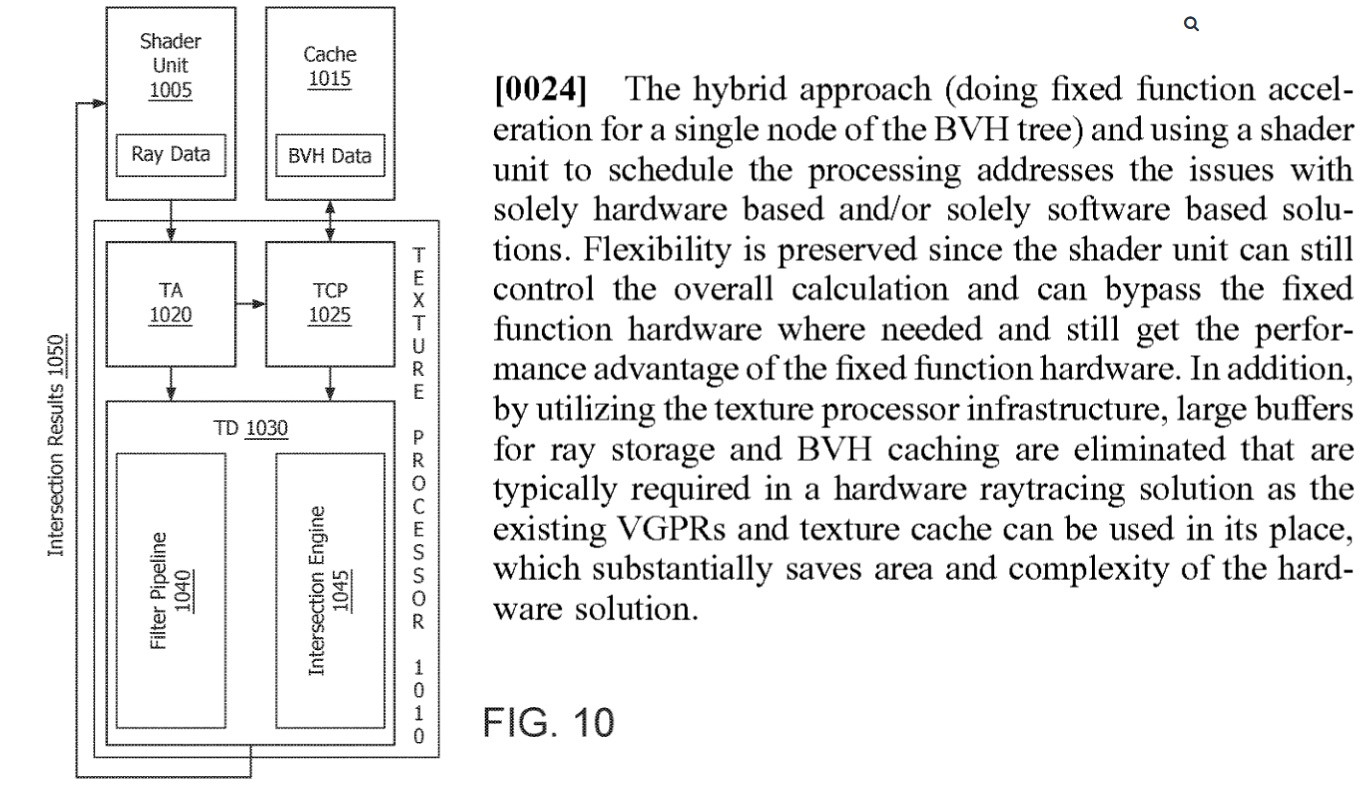If you don’t know the tier level support for DXR; you don’t know what it’s capable of.
that is what Matt was alluding to. He knows where DXR 1.0 sits in terms of performance. But he hasn’t seen DXR1.1 or 1.X which would be a variant specific to Xbox.
Lots of posts here about a lot of stuff in DXR that very few of us on this board are even able to qualify. If you haven’t written DXR pipeline and looked at those cases (outside of unreal for instance) you wouldn’t know.
as I see it so far; those challenges that I can see are specific to ray tracing in general and for obvious reasons.
that is what Matt was alluding to. He knows where DXR 1.0 sits in terms of performance. But he hasn’t seen DXR1.1 or 1.X which would be a variant specific to Xbox.
Lots of posts here about a lot of stuff in DXR that very few of us on this board are even able to qualify. If you haven’t written DXR pipeline and looked at those cases (outside of unreal for instance) you wouldn’t know.
as I see it so far; those challenges that I can see are specific to ray tracing in general and for obvious reasons.



